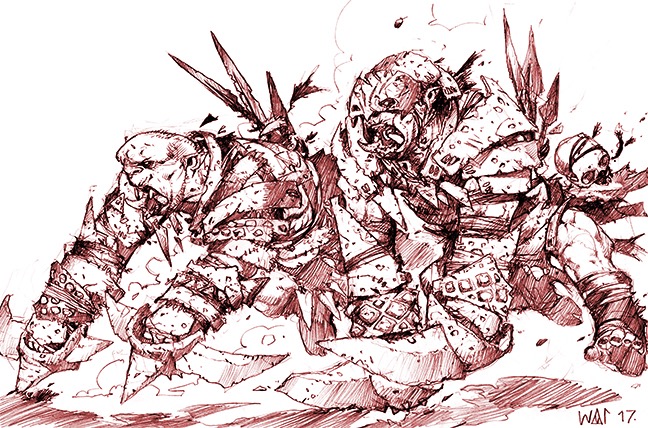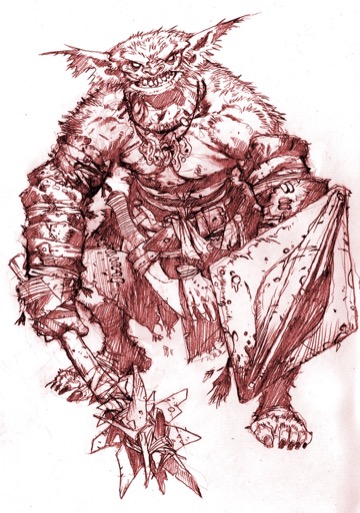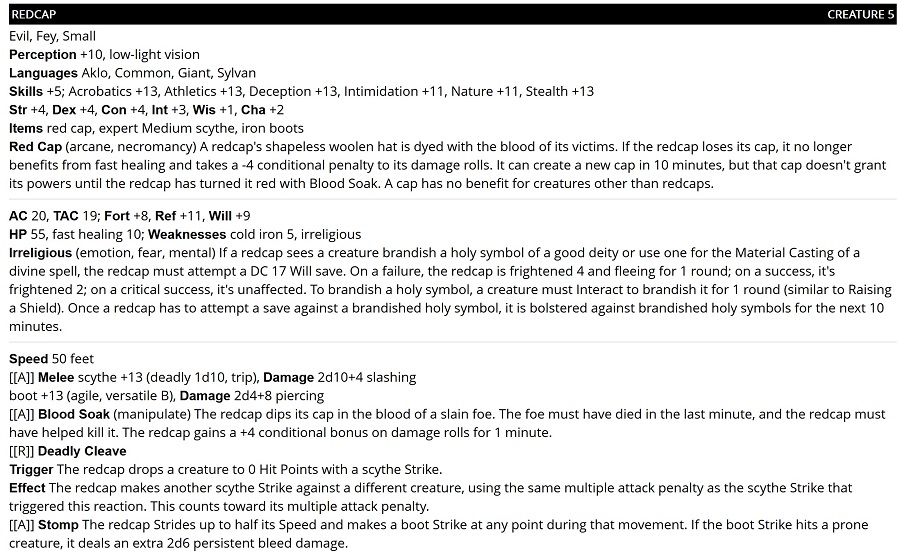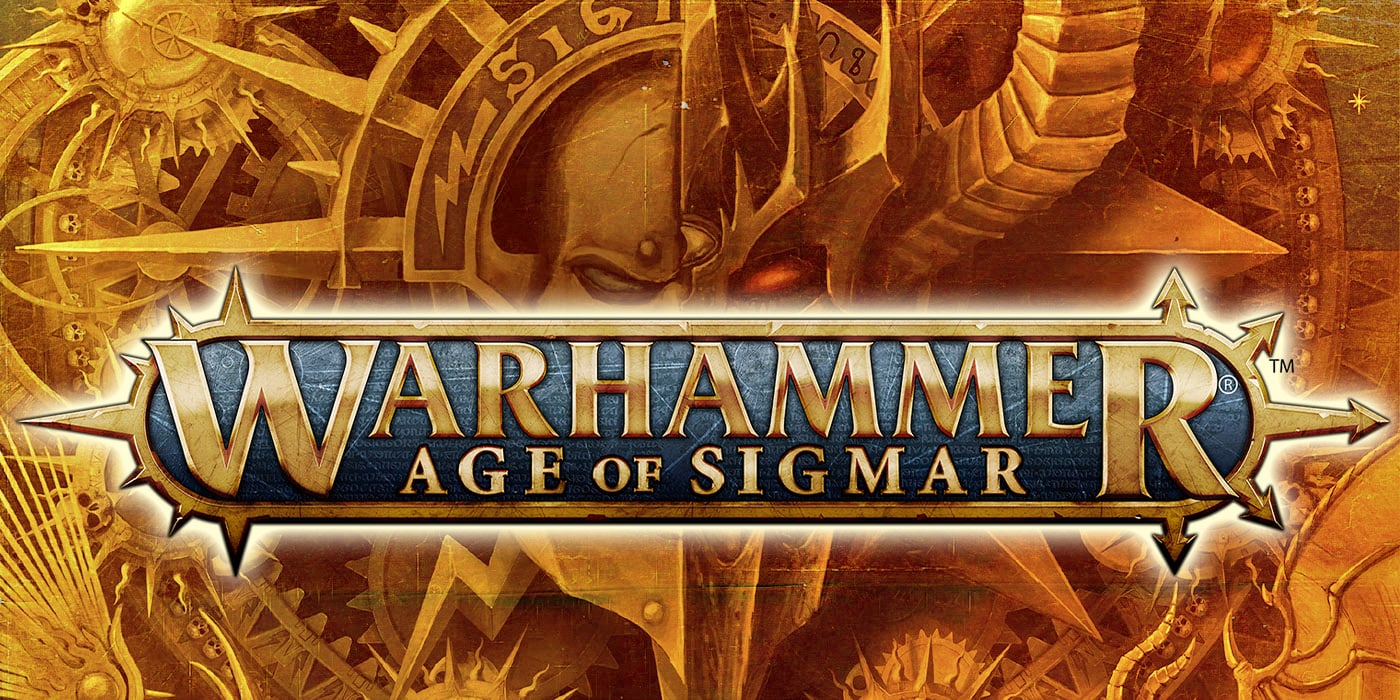Pathfinder: Second Edition Stat Blocks – Monstrous But Not Intimidating
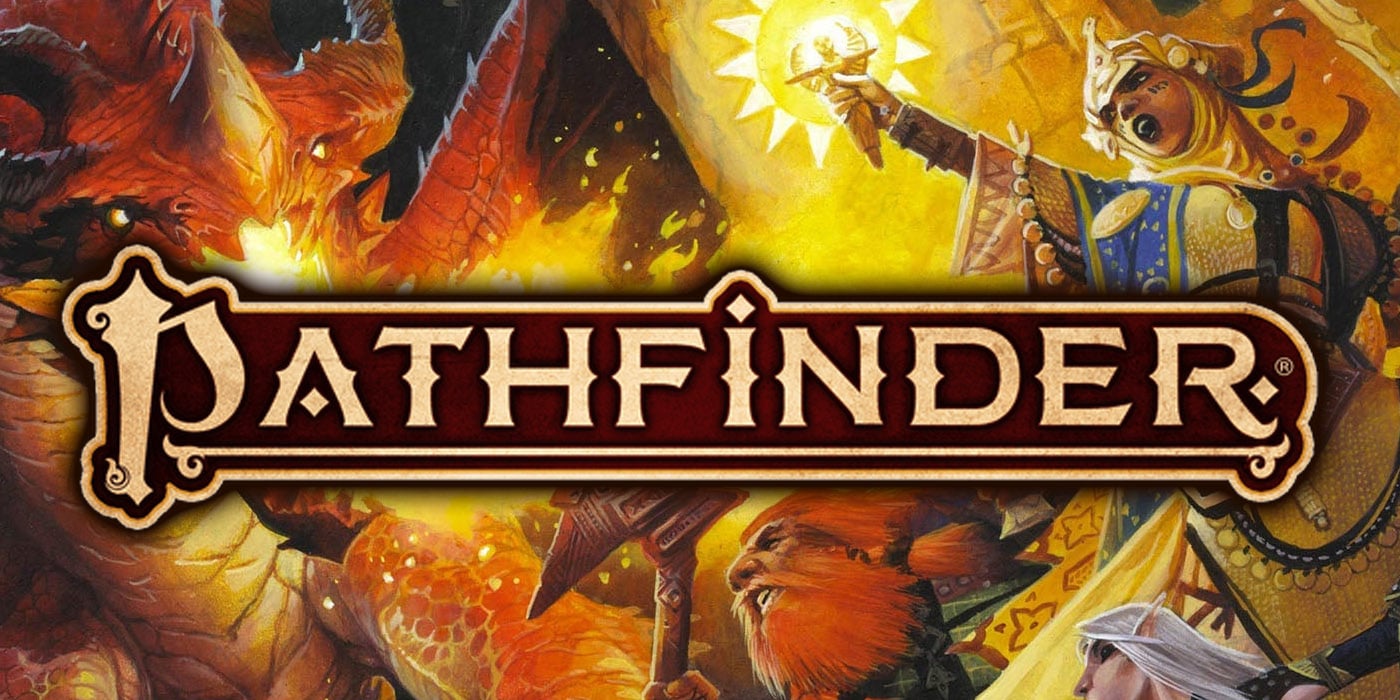
Pathfinder Second Edition promises to bring increased depth to the game while still moving forward with a more flexible, streamlined design. Take a look at what this means for monsters inside.
Let’s talk monsters in Pathfinder 2.0. Like most of the systems, they’re getting an overhaul. No longer do you need several books’ worth of information to run a monster–like 5th Edition, their stat blocks are cleaner, and a lot more usable. They are condensed down to only the things that a monster needs, rather than being propped up on a system of universal monster rules.
Which is great, because under the old system, functionally, there’s not much difference between fighting a Tiger and fighting an Owlbear. But in this case, now you’ll find new options that make these monsters feel different. It’s not just: this monster does X, so use the rule that does X for everything–the monsters feel a little more unique. The owlbear, for instance, can grab and bite, while the tiger can claw opponents it has pounced on.
Another thing that’s changed is the way defenses work. DR and energy resistance are getting collapsed into just Resistance, which can apply to different attack types. So a creature might have Resistance 5 to slashing. And conversely vulnerabilities have become weakness, which is a lot like resistance but the other direction–so a creature with vulnerability 5 piercing takes 5 extra damage from piercing attacks.
Finally we come to the real crux of the matter–monsters with suites of abilities. One of the things Paizo is looking to do in 2nd Edition is make sure that every monster’s abilities are ones you’ll actually use:
For instance, it’s pretty unlikely a nalfeshnee’s call lightning is a good idea for a CR 14 monster to use in combat, and it doesn’t have much of a noncombat application, either. In Pathfinder Second Edition, we tried to keep a monster’s iconic abilities and story abilities while removing redundant or niche abilities, and then adding something new that fits the monster’s ecology. For instance, barbed devils don’t have the equivalent of order’s wrath or unholy blight, but they have a special power called Warden of Erebus that lets them create extremely versatile glyphs of warding, cementing their role as, well, wardens of Erebus. For all such monsters, the goal is to make the monster’s suite of abilities much easier to use and more memorable without oversimplifying the monsters, following our overall goal of adding as much depth to the game as possible while minimizing the cost in complexity.
Wat does that mean? Well let’s take a look at a stat block in action.
As you can see, this is a lot more fluid. You get the relevant information–things like its skill bonuses and senses, as well as its stat bonuses and defenses. Then, you get abilities that occur passively (or at times in and out of combat) above the line, and the line break you get all the combat information. Including a special ability and how it functions.
This is pretty sleek design, definitely learning from 4th and 5th edition D&D–but iterating on it with an eye more towards depth.
What do you think of this monster design? Too complex? Not complex enough? Or is it, like a bowl of hot-but-not-too-hot porridge…juuuuust right?

